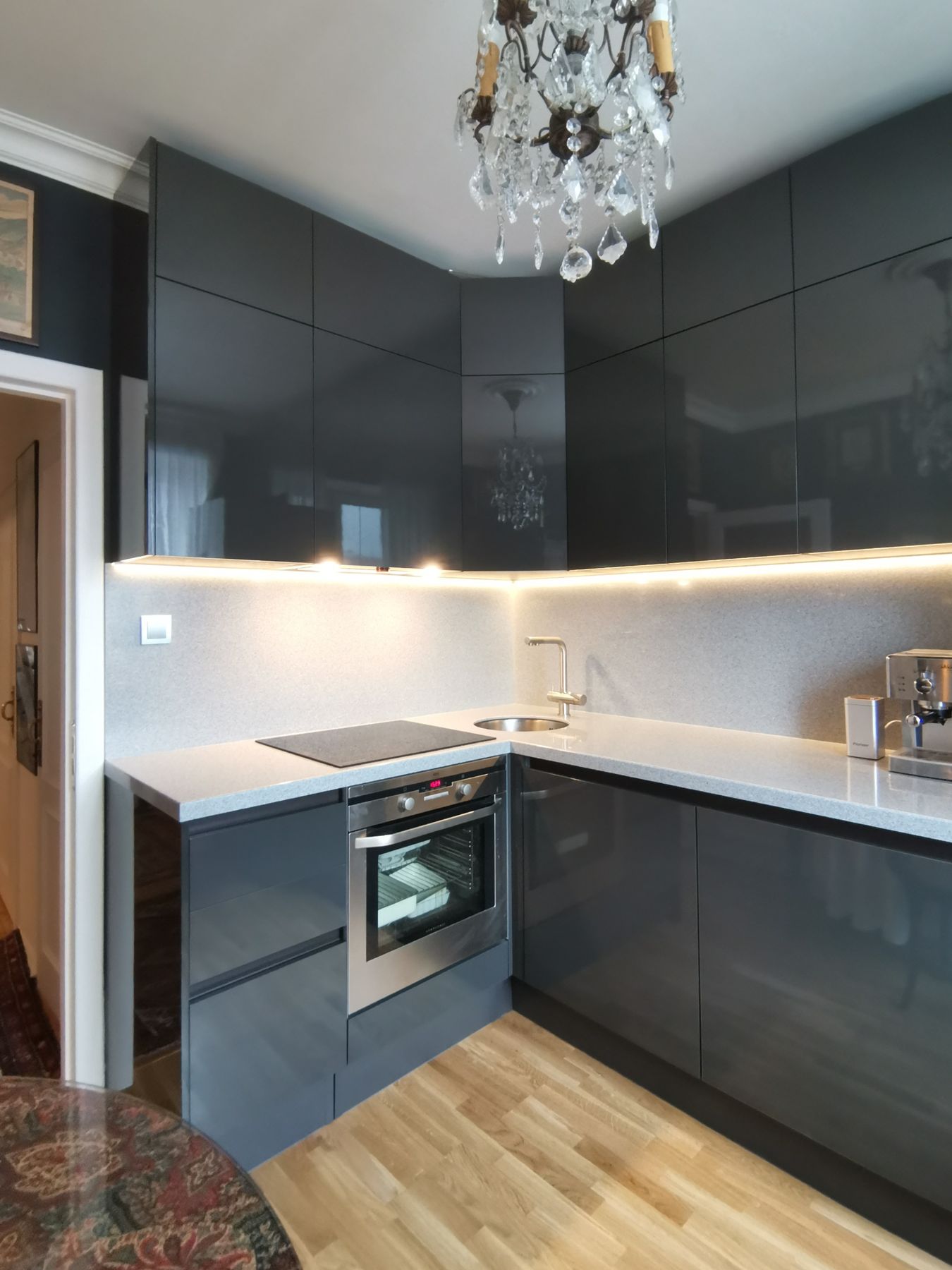
Introduction to Transformative Kitchen Design
The heart of the home, the kitchen, is more than just a place for meal preparation; it is a hub of activity, a place of gathering, and a space that should inspire creativity and joy. Transformative kitchen design solutions are all about crafting a space that is not only functional but also stylish and conducive to one’s lifestyle. In this article, we will explore some of the most innovative and effective design solutions that can transform any kitchen into a beautiful, efficient, and enjoyable space.
Maximizing Space with Smart Storage
One of the keys to a transformative kitchen design is efficient use of space. Smart storage solutions can help minimize clutter, making the kitchen feel more open and orderly. Incorporating pull-out pantries, corner drawers, and overhead cabinets that reach the ceiling can utilize every inch of available space. Hidden compartments and built-in organizers for utensils, spices, and waste bins also conserve space and contribute to a clean aesthetic.
Enhancing Functionality with Multifunctional Features
The modern kitchen is not just for cooking; it’s a multi-tasking space where people dine, work, and socialize. A transformative design includes features such as a kitchen island that can serve as a prep station, dining area, and storage unit all at once. Adjustable and retractable countertops can also provide flexibility, accommodating different activities and user heights, while built-in charging stations and smart appliances can boost the kitchen's utility.
Creating a Personalized Aesthetic
A transformative kitchen design reflects the homeowner's personal style and needs. Customizable options like modular units, an array of materials, textures, and color palettes allow for a tailored look. Mixed materials such as wood, metal, and stone can create a dynamic and layered aesthetic. Adding bold backsplashes or statement lighting can introduce character and set the kitchen apart.
Optimizing Light and Ergonomics
Good lighting and ergonomics are essential for a safe and comfortable kitchen environment. Design solutions include under-cabinet lights, skylights, and large windows that invite natural light, reducing strain on the eyes. Ergonomic design considerations, like varying counter heights and slip-resistant flooring, can cater to the physical comfort of users, promoting wellbeing and accessibility for all family members.
Incorporating Sustainable Practices
Transformative kitchen designs also focus on sustainability. Energy-efficient appliances, water-saving faucets, and materials with low environmental impact support a green lifestyle. Practices like recycling stations and compost bins can be seamlessly integrated into kitchen design, helping to reduce waste and encourage environmentally friendly habits.
Embracing Technology for Convenience
Technology has brought about a revolution in kitchen functionality. Smart kitchens equipped with Wi-Fi-enabled appliances that can be controlled remotely, touchless faucets, and interactive backsplashes that display recipes or weather reports are no longer futuristic fantasies. Technology integration can streamline cooking processes, enhance entertainment, and ensure the kitchen remains a cutting-edge space in the home.
Conclusion: The Heart of a Home Redefined
Transformative kitchen design is not just about the look, but about creating a harmonious blend of form and function tailored to individual needs. It is a compelling mix of personalization, innovation, sustainability, and technological advancement. With these solutions, a kitchen can become more than just a place to prepare meals—it becomes a vibrant and efficient centerpiece of the home, able to adapt to the evolving demands of modern living.